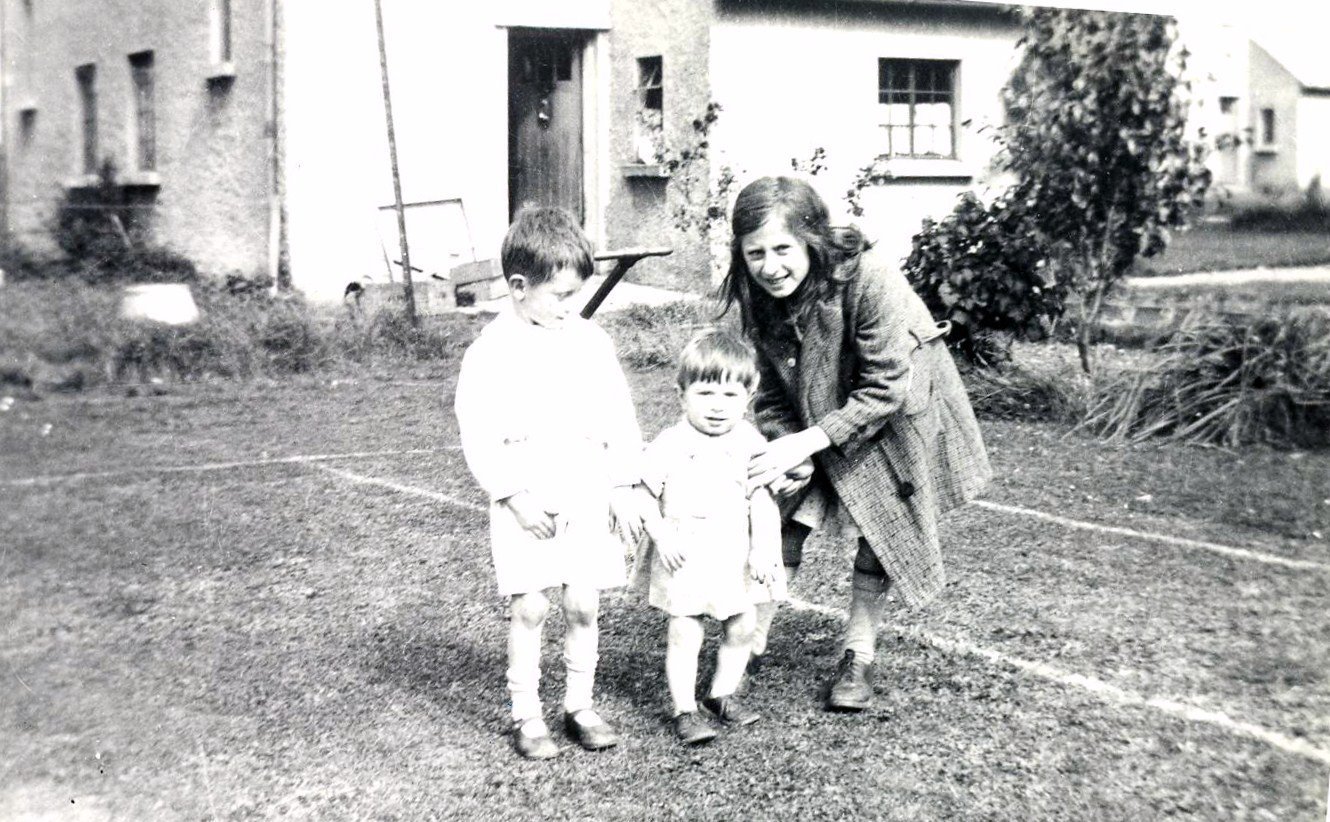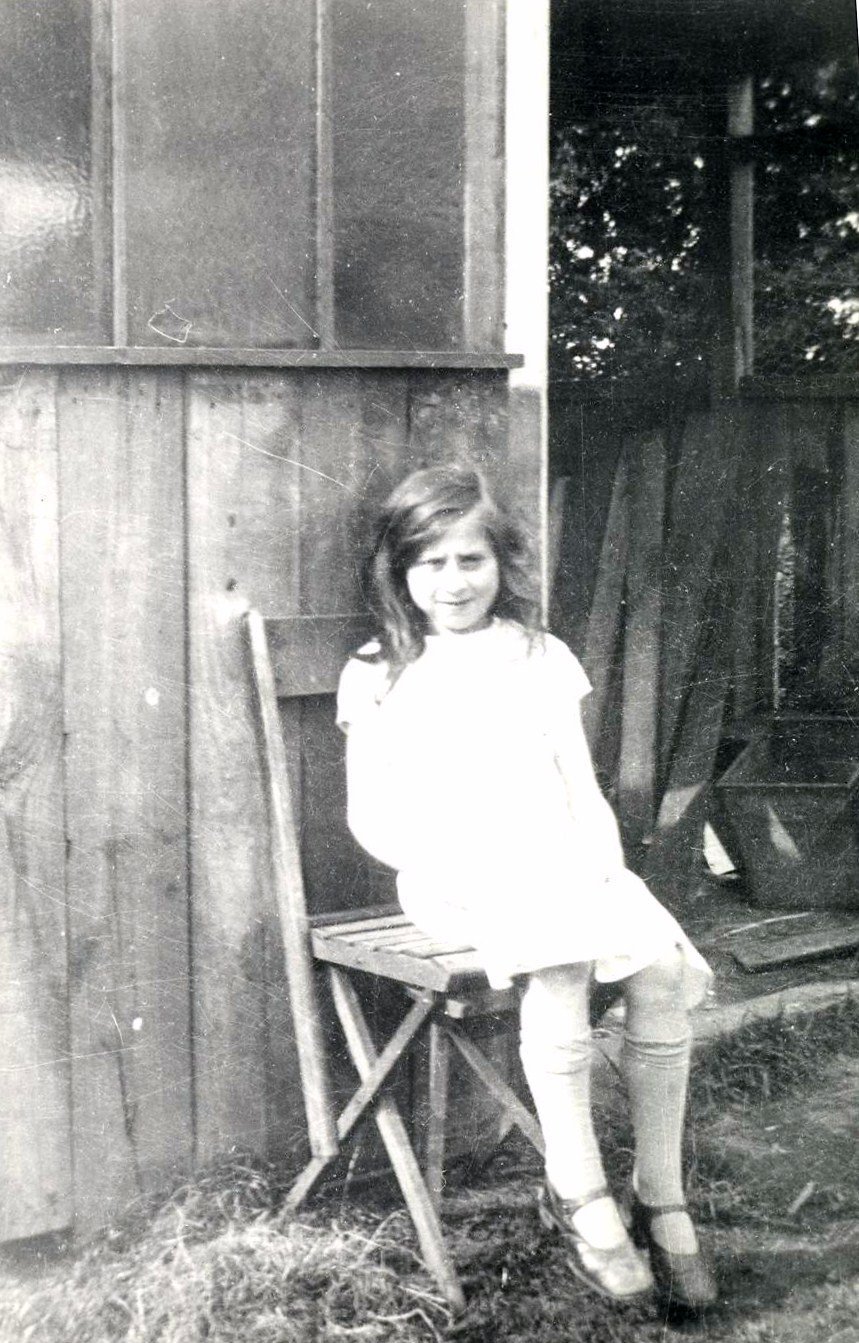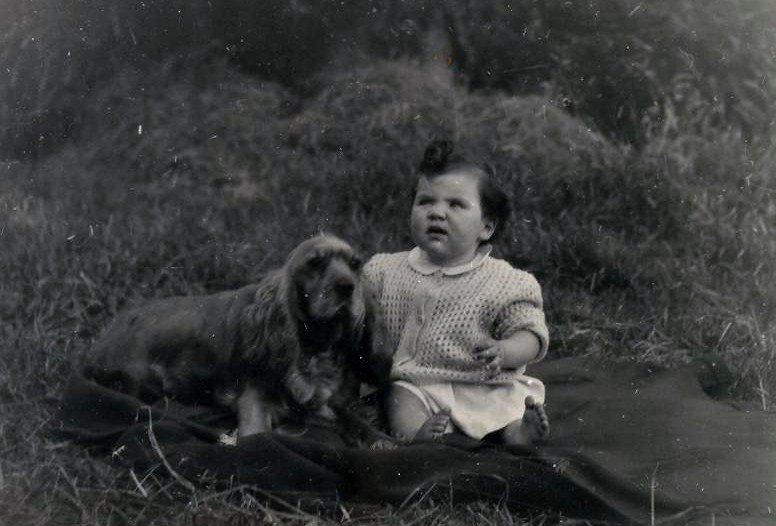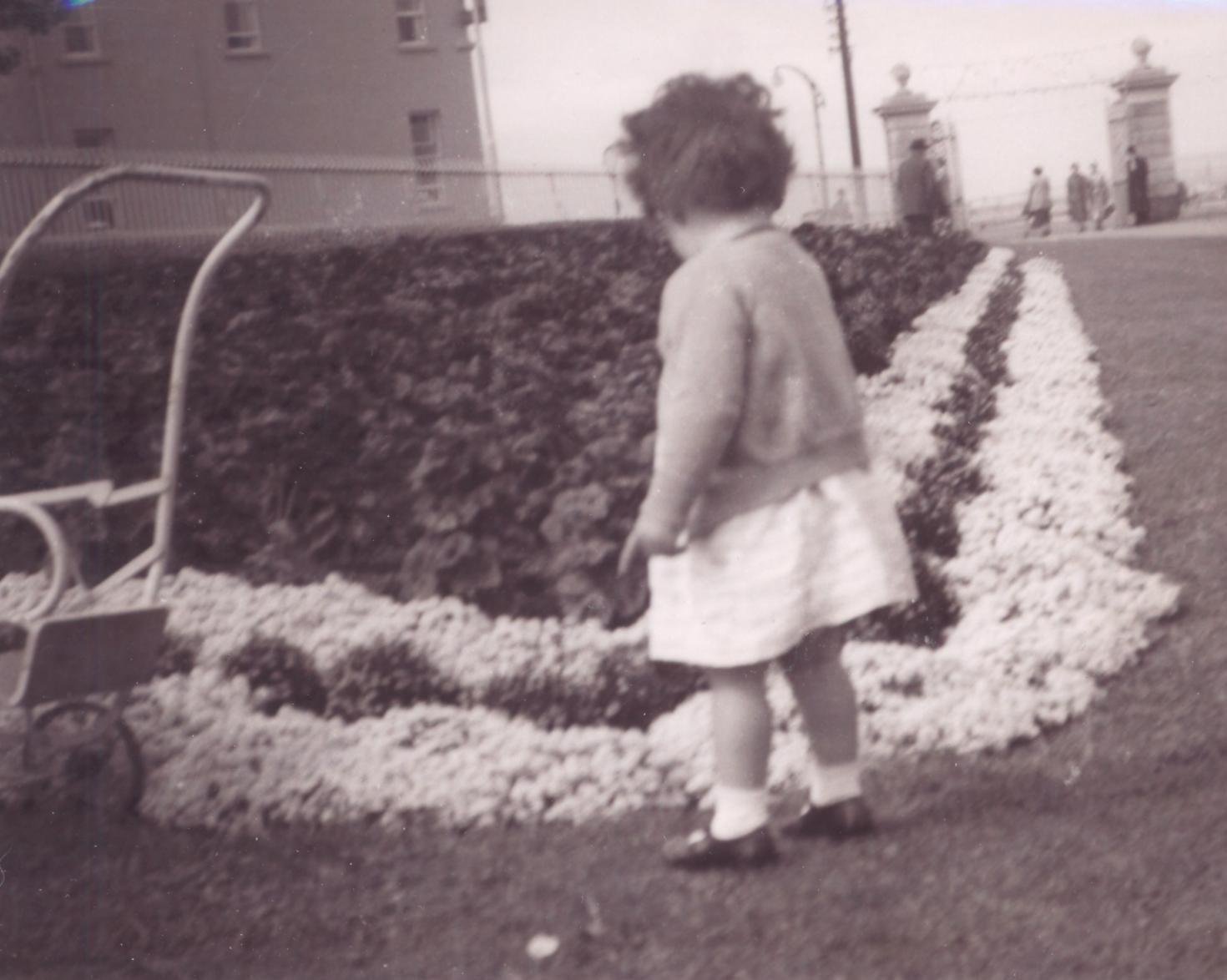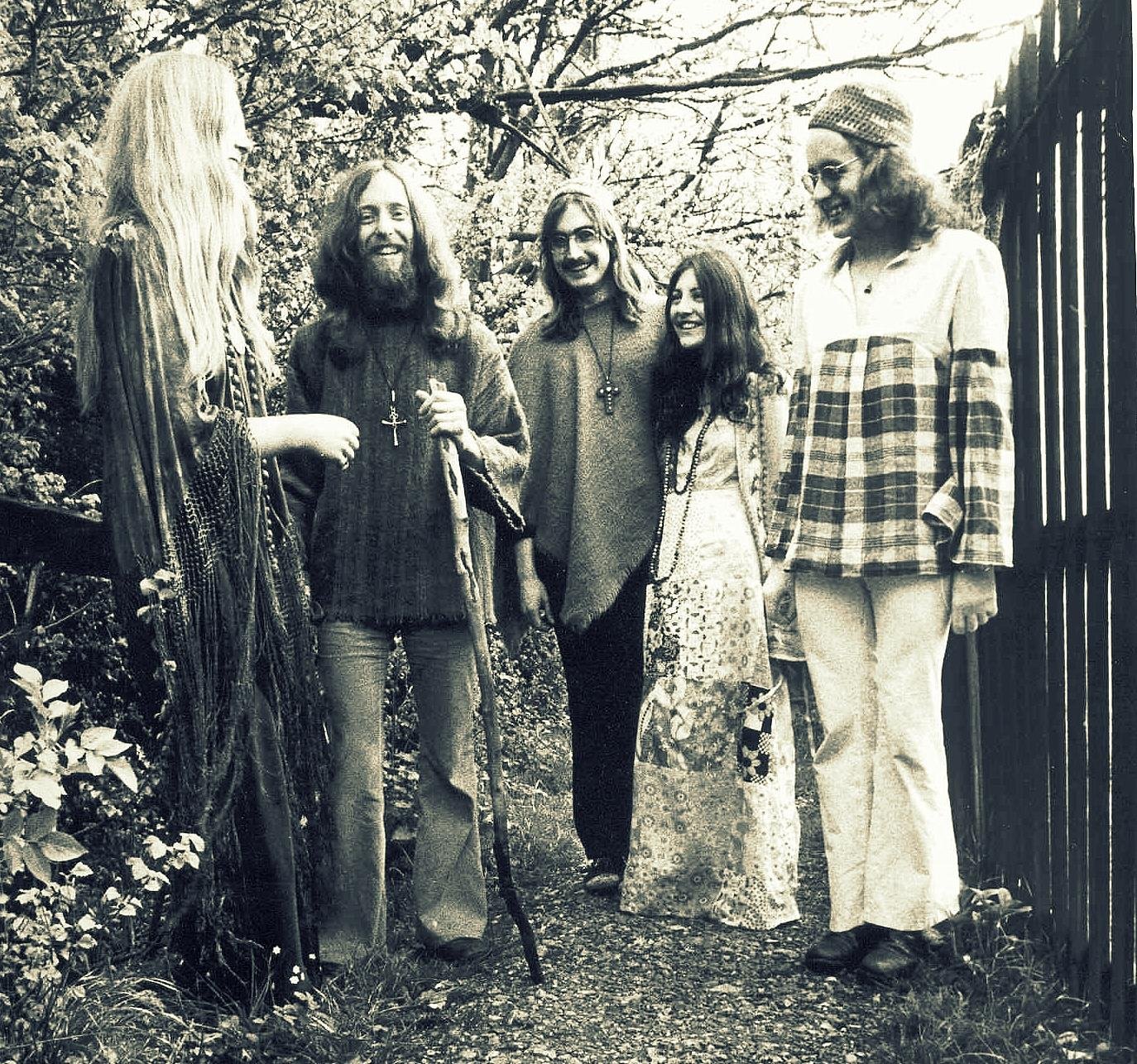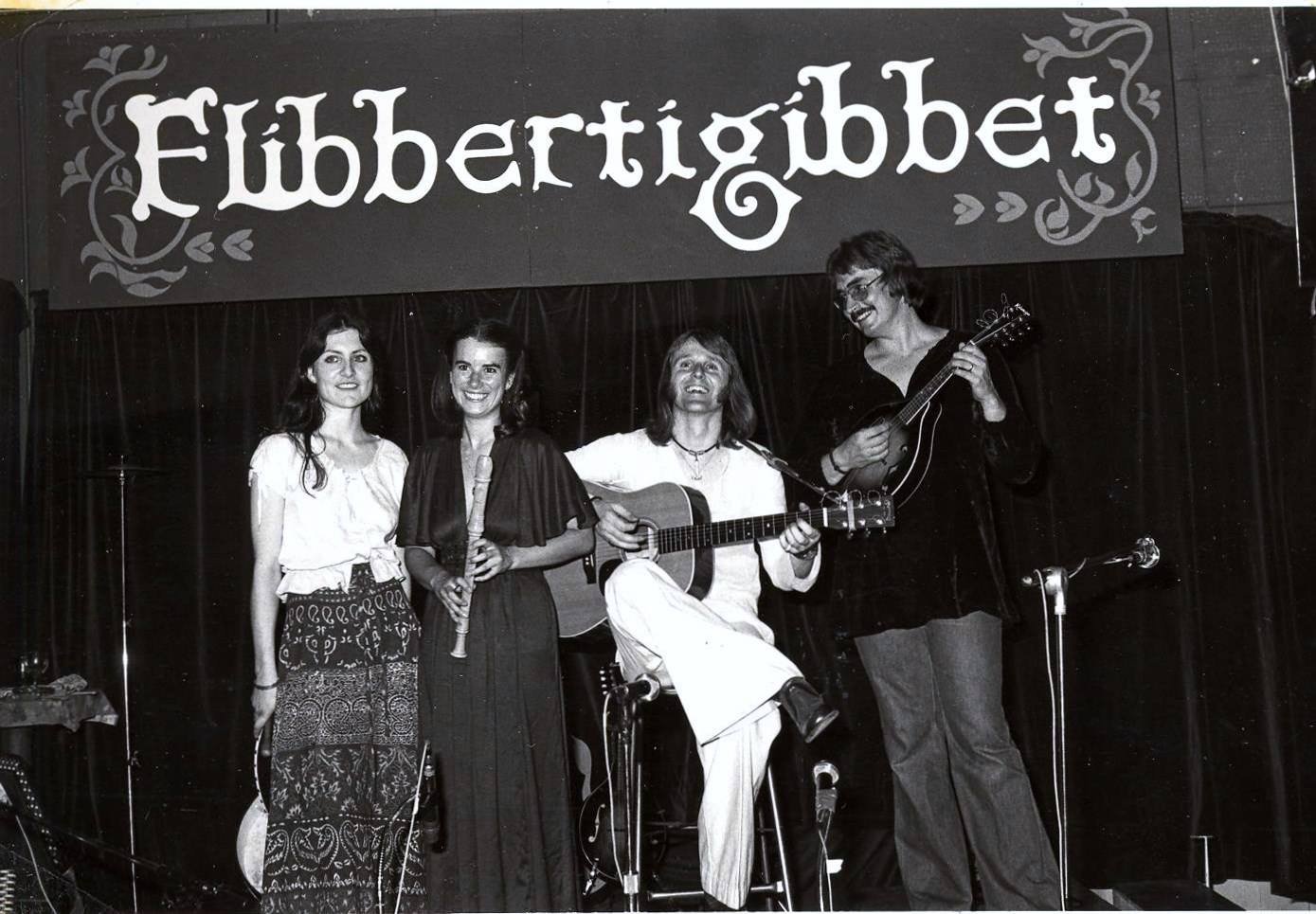Alison O’Donnell - Mellow Candle
Born in Ireland, O’Donnell is a cosmically gifted musician that was already playing and writing music in a group before she was even a pre-teen! O’Donnell and other members of Mellow Candle were only kids when the band initially formed and in 1972 they soon find themselves recording their seamless masterpiece, “Swaddling Songs” that has stood the test of time for over 50 years. O’Donnell has never stopped playing and performing her music even after Mellow Candle. She has woven her spirit through many musical entities and astrological events in the arts and has recently released a body of work entitled “Hark The Voice That Sings For All”!
What was growing up like for you? Are you originally from Dublin, Ireland? When did you first begin playing music and was this something that was relevant while you were growing up?
I was born in Dublin with one brother and one sister, but left to live and work in several other countries for 28 years. I started singing at school with the other co-founder of Mellow Candle, Clodagh Simonds, when I was ten years old. We made our first 45 single when we were 15. Music was my life from a very young age.
Where would you go to see live concerts and who were some of the first bands you saw? Who left a heavy impression on you in those early days and made you think to yourself ‘this is what I want to do!’?
One of the first concerts I attended was The Supremes at The Adelphi in Dublin in the 60s. I saw Yes in 1969 at the National Stadium in Dublin. The sound was fabulously unlike anything I’d ever heard before. Andy Irvine and Gary Moore doing solo gigs in Dublin in the late 60s was inspiring. Playing on the same concert bill with Steeleye Span, Arthur Brown, Donovan and Thin Lizzy was exciting. The Incredible String Band in London were memorable. One of Mellow Candle’s first gigs was with the legendary Chieftains and an appearance at The Wexford Festival where we saw Fairport Convention and Principal Edwards Magic Theatre filled us with a desire to work as hard as possible.
This photo was taken when O’Donnell was was about 12 before, or after rehearsing the early Mellow Candle songs with Clodagh.
Very early publicity shot.
Did you participate in any groups prior to Mellow Candle? What initially led to forming the group? What were your first impressions of your bandmates? When and where did the band first get together to rehearse, or jam together? What was the chemistry like right off the bat?
Mellow Candle was my first group. We were called The Gatecrashers for a brief time before we changed our name. Clodagh probably chose the name. I don’t remember much about the choosing of the name, but it didn’t take long. As we were making the transition from pop and soul to folk and rock, the name Mellow Candle seemed to fit the music well. On a break after school, before we formed the first adult version of MC, I was in a covers band called Blue Tint. It was a good learning curve. Clodagh had been away in Italy and on her return she introduced me to guitarist Dave Williams. We teamed up with him and a bass player he knew. We had some really good original material as well as some folky and traditional songs. The chemistry was good from the off.
O’Donnell at age 16 singing in Blue Tint with Dave Williams on guitar.
Is it true that some of the group’s members were only teenagers, including yourself at the age of 16? Its wild to think you guys were still in school when you were in the band!
Clodagh and I were 17 when we recorded ‘Swaddling Songs’. We left school early to pursue a musical career.
“First newspaper cutting for earliest incarnation of Mellow Candle. I think the dresses might have come from Carnaby Street when we went to London to make our single in 1968. I can remember bursting with excitement on that trip. Steps on a long musical path…”
Mellow Candle with O’Donnell at the age of 12!
First signs of Mellow Candle with the magical Dalkey Island in the background.
When and where did the band make their live performance debut? What was that experience like? What was the band’s process and approach to writing music until it came time to record the group’s debut LP? What led to the decision to call the group Mellow Candle?
Our first gig with The Chieftains was at Liberty Hall in Dublin. We had worked very hard to get to that point with meticulous and lengthy rehearsals. We also paid a lot of attention to the clothes we wore, which reflected the age we were living in.
Mellow Candle’s first line-up in London.
Newspaper clipping of Mellow Candle circa: 1971 at Blackrock Park Dublin.
Tell me about writing as well as recording the band’s lone LP “Swaddling Songs”. When and where did recording start in ‘72?. Can you tell me about those sessions and what that experience was like when creating that album? What did you guys want to achieve and express with this record? What was the overall vision for the album?
When we went into the studio to record the demos for ‘Swaddling Songs’ we were well rehearsed. We had a session drummer which later led to getting a permanent drummer, William Murray for the album proper. He was very experienced and had played with Kevin Ayers and Sandy Denny and often stood in for Fairport Convention’s drummer, Dave Mattacks. The album took about three weeks to record. It was a fantastically immersive experience. We felt we had a really good set of original songs, different from anything else other bands were putting out. I think the passage of time shows that they made their mark. I will always be proud of that work.
Mellow Candle.
How did the deal with Deram come about? I understand you guys worked with illustrator David Anstey for the album's famous cover. How did that relationship come about? What was the first order of business once the album was released? Did you guys tour, or play any gigs in order to support the album? What eventually happened to the group after ‘72?
The deal with Deram was struck by our manager, Ted Carroll, who also managed Thin Lizzy. Deram were very progressive in their signings and provided a great studio experience. The fact that they didn’t follow up with decent promotion afterwards is to this day inexplicable. The label arranged for David Anstey to do the cover art. Clodagh and William had a fairly strong idea of what they wanted and he took it on. We played some gigs in England until 1972 but because we were too folky for the rock clubs and too rocky for the folk venues, we struggled to find work. Poverty and lack of prospects then led to a period of instability and a total breakdown of direction and communication between the members of the band. We disbanded in a lather of acrimony. We have worked through all that since then. Clodagh and I have done a lot of work together on interviews, podcasts, documentary and book chapters in the past 20 years.
You mentioned in our correspondence that recently a new album. Can you tell me about that? When you reflect on your time in the band, what are you most proud of? What memories and times do you cherish the most and what advice would you give musicians coming up during these rather strange times?
I have collaborated with many artists and bands since the late 90s. I also did some training and learned a lot about stagecraft by gaining experience in studio work and theatrical revues. You only have to look at my Bandcamp or website to see how much recording I have done over the decades. Working with Flibbertigibbet, The Owl Service, Head South By Weaving and United Bible Studies has been extremely fulfilling. Mellow Candle provided me with a unique foundation on which to build my career. ‘Swaddling Songs’ is extremely highly regarded for its originality and has influenced numerous musicians since those days.
Flibbertigibbet.
Is there anything else you would like to further share with the readers?
My 4th solo album was released earlier this year – ‘Hark The Voice That Sings For All’. It is a collection of original songs written in the traditional idiom, on the Talking Elephant record label. There are themes of emigration, betrayal, anti-blood sports, love, loss and tragedy at sea – common themes in traditional songs over several hundred years. I have been able to perform those songs live more than any others I have written prior to this album.
I treasure most of my collaborations over many years. I love to interact with other singers and musicians but my solo work is very important to me. Writing and performing in the late 60s/early 70s in Britain and Ireland was a vibrant and fruitful time in music. Those memories are preserved in my scrapbooks. For musicians and singers starting out, I would say, work hard, have fun and strive to make something a bit different.



